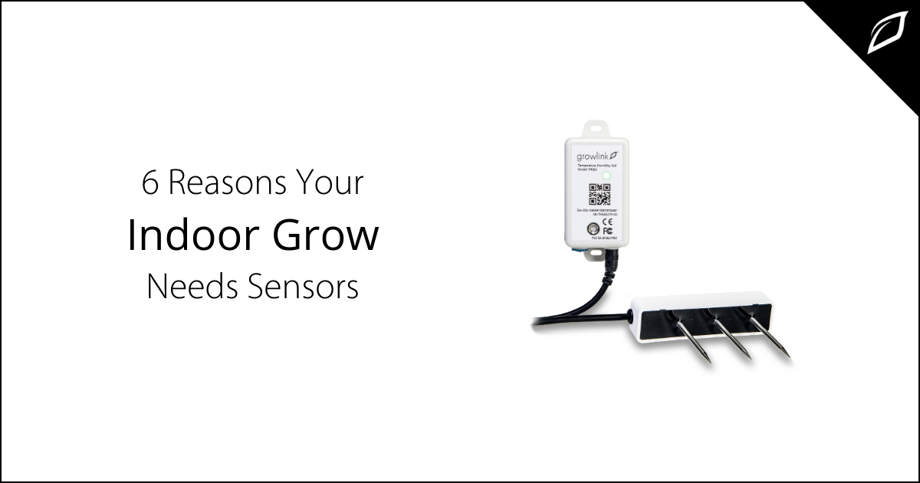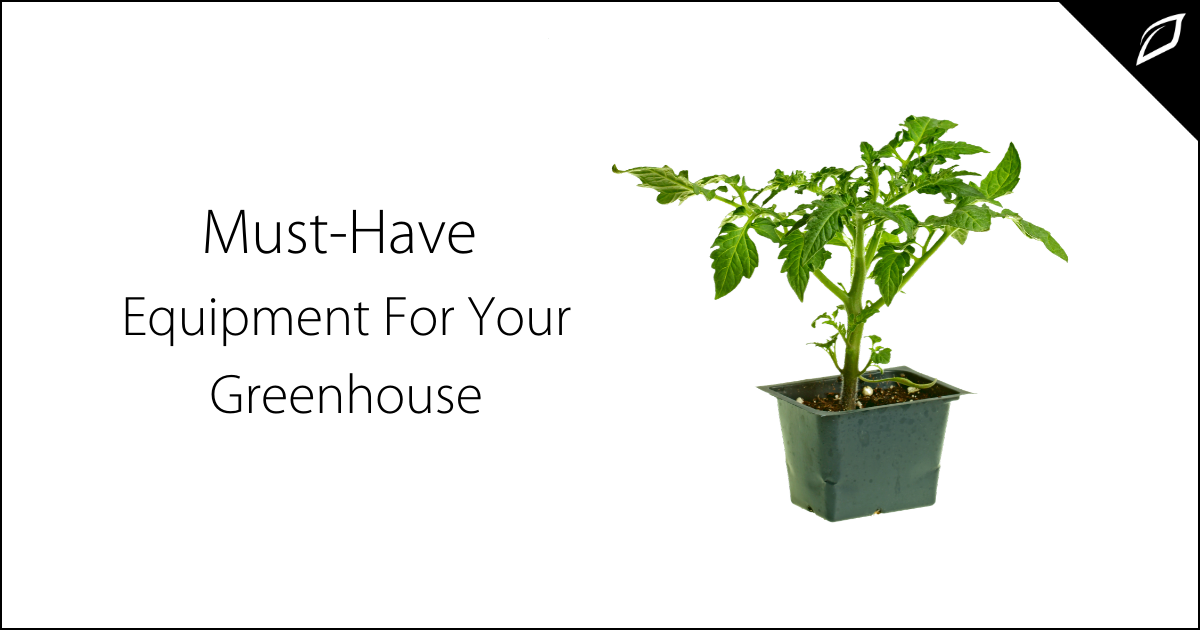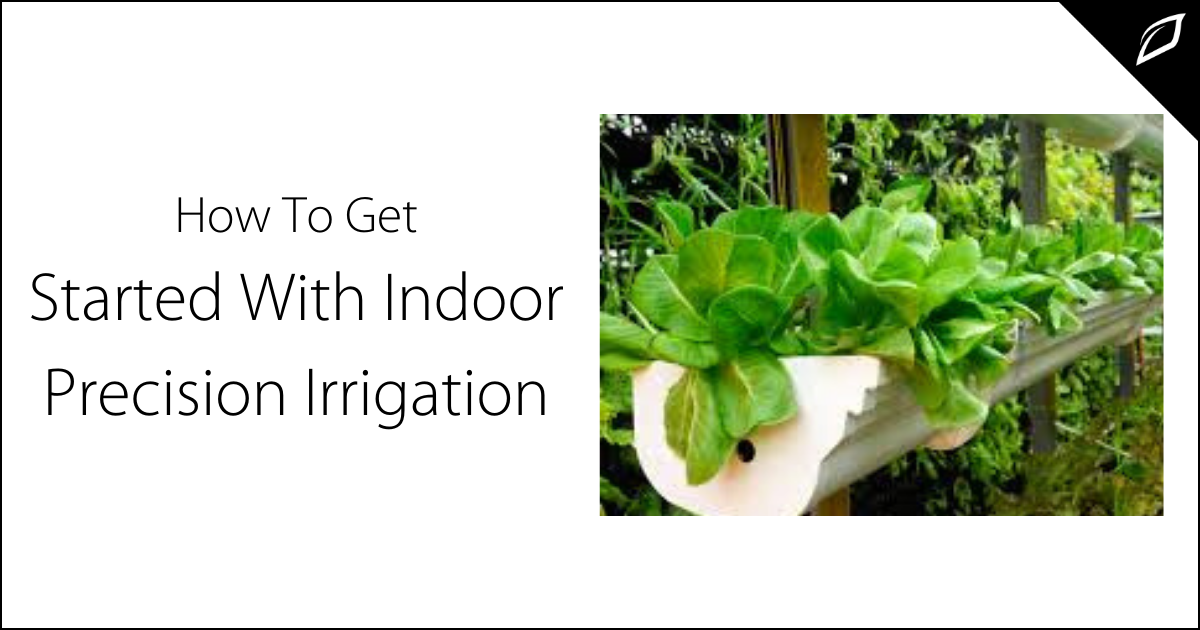Must-Have Equipment For Your Greenhouse
Regardless of size, here is your must-have list of equipment before you start growing. Whether you're planning to grow fruits and vegetables for...
1 min read
 Ted Tanner, CEO and Co-Founder
:
Dec 10, 2019 1:36:51 PM
Ted Tanner, CEO and Co-Founder
:
Dec 10, 2019 1:36:51 PM


Greenhouse sensors are critical components of your indoor grow monitoring systems. Sensors continually measure specific conditions within a particular location and report that data to the system.
As agricultural technology changes the way farmers grow, it's essential to stay informed on the latest advances in technology to increase crop yields and prevent disease.
Here are six reasons you should have smart sensors in your greenhouse:
Most systems provide real-time status of all monitored conditions through a cloud-based system. This offers immediate access to sensor data from any internet-connected device, such as a tablet or phone. For a comprehensive overview of Growlink's entire line of smart sensors, click here.

Regardless of size, here is your must-have list of equipment before you start growing. Whether you're planning to grow fruits and vegetables for...

The development of reliable plastic systems, paired with smart sensors and monitors, offers a significant opportunity for growers to enhance...

Mitch Kahn co-founded Grassroots Cannabis in 2014. Since its humble beginnings, the company has scaled up considerably and secured 27 licenses in...